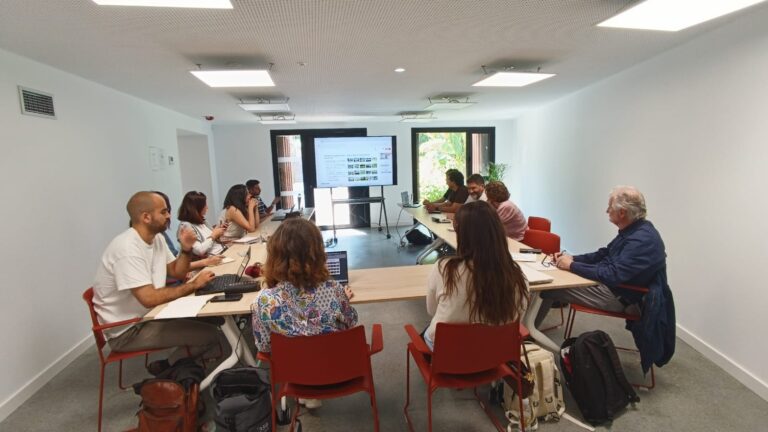Whenever we consult an environmental report or a ranking of urban sustainability, we encounter a variety of indicators designed to quantify the quality of life in a city. These include green areas per inhabitant, trees per thousand people, energy consumption per capita, total emissions and access time to basic services. But what lies behind each of these numbers? Are we measuring them correctly, and, above all, interpreting them correctly?
Is green more sustainable?
Vitoria-Gasteiz is rightly proud of its urban green network. It has more trees and natural surface area per inhabitant than Bilbao, but it also has a larger urban area and lower population density. However, it also has a larger urban area and lower population density. Is it fair to compare them in this way?
While measuring trees or square metres of green space per inhabitant can be useful, it can also be misleading. What if one city includes landscaped roundabouts in the calculation and another does not? What do we mean by ‘green area’? Comparability between municipalities breaks down if there is no consistent methodology. This happens more often than we realise.
The 3-30-300 indicator: trees you can see and shade you can feel
One indicator that has gained momentum lately is the 3-30-300 rule. Every person should be able to see at least three trees from their window. There should also be at least 30% tree cover in every neighbourhood. And that everyone should live within 300 metres of high-quality green space.
However, there are possible pitfalls here, too: Is the 30% shade cover calculated on the total urban area, including buildings and roads, or only on spaces where trees can be planted, such as pavements, parks and tree pits? If your urban area has a lot of green spaces, you are already at an advantage. If your urban fabric is dense, it is more difficult. So, should the same approach be applied to Barcelona as to Vitoria?
The universal 15 minutes that are not so universal
Another example is the famous ’15-minute city’ concept. The idea is that everything you need is within a quarter of an hour’s walk: health services, educational facilities, leisure activities and transport. While this sounds ideal, the reality is more complex. What constitutes 15 minutes for a young, agile person does not constitute 15 minutes for an elderly person or someone with reduced mobility. Slopes matter. So does the efficiency of public transport. The suburbs are also not built with the same logic as those of the 19th century.
Emissions, Consumption and the Per Capita Trap
The same is true of energy analysis. Saying that a city or country has increased its energy consumption can be alarming, or it might not be. Perhaps the population has grown. Or maybe new public facilities have been built. It may also simply have been a particularly cold winter. Conversely, while per capita emissions may be low, total emissions may be very high, as is the case in some countries. So which is more relevant: absolute or relative emissions?
Imagine a municipality that builds a public school and a sports centre because its population is growing. Should it be penalised for increasing its energy consumption?
Asking someone how much they earn is not the same as asking how much they save
Similarly, measuring gross annual salary is not the same as measuring monthly savings. Someone with a low income but controlled spending habits may save more than someone with a higher salary. The same is true when comparing the average income of two neighbourhoods: a simple average may be meaningless if it is not weighted by population or income structure. How you measure something is as important as what you measure.
Yes to measuring, but judiciously
In short, indicators are valuable tools, but they are not infallible. They can guide us, but they can also mislead us. They are not neutral. Interpreting them requires constant consideration of context, critical thinking and technical knowledge.
For example, in an air quality analysis, a sharp and unexplained drop in pollutants was detected. This was not due to a measurement error or a meteorological event. It turned out that it was a local holiday, with industry at a standstill and commuting suspended. The data itself said nothing. However, interpreting it explained everything.
Selecting the message, understanding the data.
That is why measuring is about more than just counting. It’s about knowing what we want to count. It’s also about knowing what we are leaving out. Sometimes, we select indicators that support our narrative. At other times, the indicators contradict it, and then it’s time to dig deeper.
After all, indicators, like words, can lie by omission. It is only when we understand their limitations that we can see clearly what they are really telling us.
Illustration: A Chosen Soul



